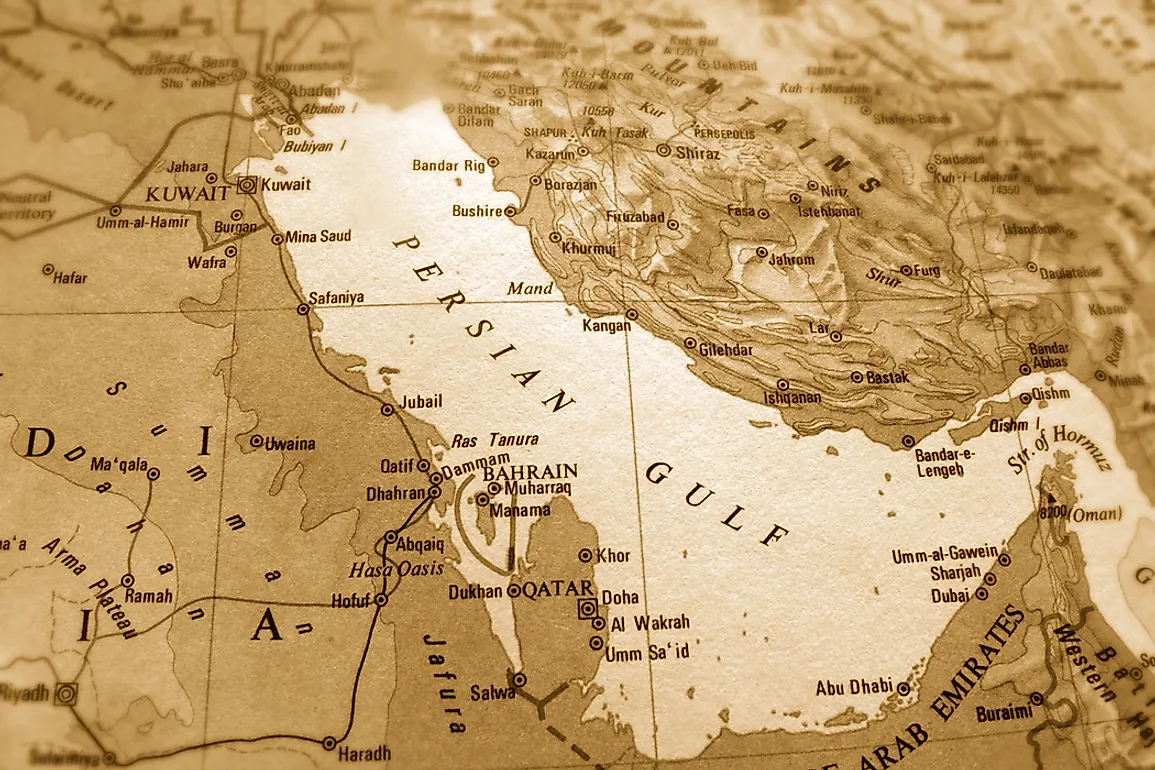What Does The Term Mediterranean Sea Mean In Oceanography?

The Mediterranean Sea is the large body of water that lies between Northern Africa and Southern Europe. It is among the largest water bodies in the world. However, in Oceanography, “Mediterranean Sea” has a completely different definition.
According to oceanography, the term is used to define a large body of water that is largely enclosed by surrounding landmasses, with the enclosure preventing the sea from exchanging its water with other oceans and seas. The circulation of water in Mediterranean seas is dictated by changes in water salinity and temperature, unlike in other seas where water circulation is reliant on winds. The Oceanographic name for the Mediterranean Sea is the “Eurafrican mediterranean sea,” so named as it is located between the continents of Europe and Africa.
Examples Of Mediterranean Seas
Mediterranean seas are categorized into two groups; those found in the Atlantic Ocean and those found in the Indian Ocean. The Mediterranean Sea, the largest sea that fits the definition is one of the Atlantic Ocean’s Mediterranean seas. Other such seas in the Atlantic include the Arctic Sea (also known as the Arctic Mediterranean Sea), the American Mediterranean Sea (the Caribbean Sea and the Gulf of Mexico), Baffin Bay, and the Baltic Sea. The Indian Ocean has three seas that fit the definition: the Persian Gulf, the Australasian Mediterranean sea (the combination of the Java, Sulu, Banda, and Sulawesi seas), and the Red Sea. Based on the characteristics of their waters, Mediterranean seas can be classified into two types: Concentration Basins and Dilution Basins.
Concentration Basins
The first type of Mediterranean seas is known as a concentration basin. A common characteristic shared among these seas is the high salinity of their waters caused by high evaporation rates. Some examples of seas of concentration basins are the Persian Gulf, the Eurafrican Mediterranean sea (the Mediterranean Sea), and the Red Sea.
Dilution Basins
The second type of Mediterranean seas is the dilution basins. The primary defining characteristic of these seas is the salinity of their waters which is considerably lower due to constant infiltration of fresh water from inflowing rivers and rainfall. The top water layer of the sea that is usually fresh is regularly exchanged with the lower saline water layer. This churning of the layers is not enough to provide the waters found in the depths of the seas with oxygen. Some examples of this type of Mediterranean sea include the Baffin Bay, the Arctic Ocean, the Australasian Mediterranean sea, the Black Sea, the American Mediterranean sea, the Adriatic Sea, and the Baltic Sea.
Exceptions
There are instances where a sea possesses virtually all the characteristics that define a Mediterranean sea but are not classified as such. An excellent example is the Sea of Japan that features deep basins and shallow channels. However, the sea lacks independent water circulation as currents emanating from the Pacific Ocean infiltrate it. The Baltic Sea is another example, a sea that has all the characteristics of a Mediterranean sea but is made up of brackish water. Another example is the Hudson Bay which is seen more like an estuary as opposed to a sea.











